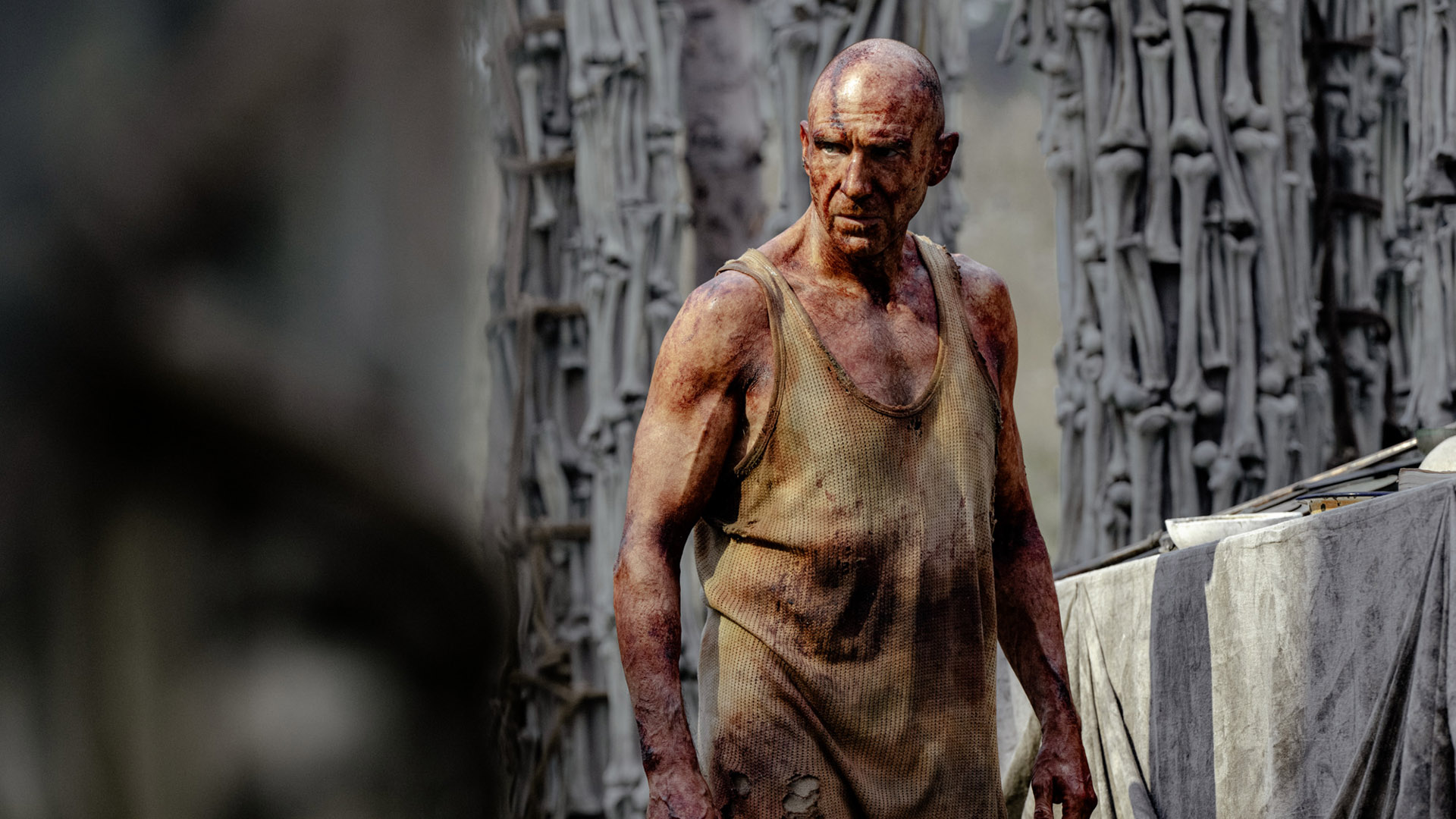One of the year’s most anticipated horrors hit theaters earlier this summer and did not disappoint. Danny Boyle’s 28 Years Later revived the world of 28 Days Later, tossing audiences back into the world of a ‘Rage Virus’ infected Britain through the stories of a fresh batch of survivors (make sure to read our 28 Years Later review for more).
Boyle’s legacy sequel updates the lore, thanks to its script by returning scribe Alex Garland, and freshens the style of the 2003 original both stylistically and thematically. The sequel, subtitled The Bone Temple, is slated to arrive January 2026 also scripted by Garland with Candyman’s Nia DaCosta in the director’s chair.
Bearing in mind 28 Years’ memorable conclusion, where will its follow-up venture? Here’s what we want to see from the sequel.
1. Rage reaching Lindisfarne
The isolated, safe community of Lindisfarne opens 28 Years Later, an idyll tucked away on an island across a causeway. Its very existence tempts invasion from the outset. The quaint streets, harkening back to a seemingly-perfect pre-war Britain, as Aaron Taylor-Johnson’s Jamie takes his son, Spike (a phenomenal Alfie Williams), away to the mainland, felt destined for disruption. Their return brims with tension as a member of the infected chased them across the causeway.
And yet, it remains unaffected. All of these story setups point toward one inevitability; what if this perfect slice of reprieve is taken? I will be honest, I half expected this in the final moments as it felt like the film hinted at this consistently. And this may not emerge through expected means. What if the Jimmy Crystal lot reach the island, bringing with them their brand of violence? The destruction of this community feels fated, a matter of when, not if.
2. Expansion on infected capabilities
In the years between sequels, the infected adopt new qualities. Some bloat due to the long-term effects of infection that subsequently has some of them moving at a snail’s pace, earning them the name ‘slow lows’. Others emerge through variants as caveman-types called Alphas.
And while those two factors are distinctly noted, we know that they also possess another more crucial, potentially devastating characteristic: they are capable of birthing normal human offspring.
Or so it may seem.
3. The evolution of the rage virus
While we see Spike’s mum, Isla (a sublime Jodie Comer) help a pregnant Infected woman give birth to a seemingly normal child, the baby carries the potential to reveal more about itself in the sequel.
Chatting with Entertainment Weekly, Ralph Fiennes’ few hints about the sequel refer to this scene – “the theme of innate humanity – is it still alive in the soul, in the heart, in the mind of an infected person? Are they completely corrupted? Are they only rabid? Or is there the possibility of something? Something human.”
Will the sequel find the newborn approached by its father, who the film implies is Samson, the main Alpha chasing Spike and Isla with the child?
More interestingly, will we see a communicative link between the baby and its parent? Taking into account variants of the Rage virus that have allowed the infected to survive for decades, it makes sense that additional variants allow the infected language or another style of communication. Whether they can talk or even carry other threads of humanity within them, I imagine this development will arise in the sequel.
4. More of the Jimmy Crystal cult style, please
The closing moments of 28 Years Later profile a group of Clockwork Orange-inspired thugs who beat seven shades out of the infected. This razzmatazz sequence blasts onto the screen as Spike is finding his own way on the mainland, chased by infected who are then picked off in a cartoonish scene of ultra-violence.
Led by Jack O’Connell’s Jimmy Crystal – a sickening ode to British TV personality Jimmy Savile – this gang brings a verve this cinematic world has not yet experienced.
Smash cuts, brutalized violence, disassociation. It’s a sharp contrast to the cosy world of the island, to the kindness and compassion of Ralph Fiennes’ Dr Kelson. It’s a startling look at another side of the outbreak, the long-term effects of abandonment decades later. Because Jimmy is that child we see in 28 Years’ opening scene, a tween left to their own devices by a neglectful father and a turning world. This dysfunction twinned with a staccato-style of shooting makes for a dizzying finale and a visual palette that the sequel would be remiss to ignore.
5. Will we see remnants of life outside the British isles?
Granted, the main narrative thrust of the original and the 2025 film have seldom been interested in the outside world. This isn’t a global apocalypse franchise. But, we’ve seen glimpses of a society that echoes our real-life, particularly through the Swedish soldier Erik (Edvin Ryding) who carries an iPhone that bemuses Spike.
28 Weeks Later – which, granted, had no creative involvement from Boyle or Garland – not only weaves the US military into its story, it also showcases part of Europe in its parting shots. Could we see more from a world beyond the British isles? I’m not suggesting large swathes of a B plot dedicated to time elsewhere but more of these glances at a world that’s carried on. That simple moment of Spike encountering a smart phone provided a nice wedge of comedy, along with an aching sensation of loss – what might have been for this child had the rage virus not taken hold?
Read the full article here












